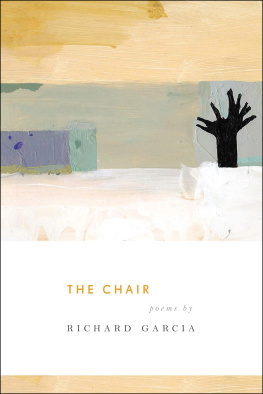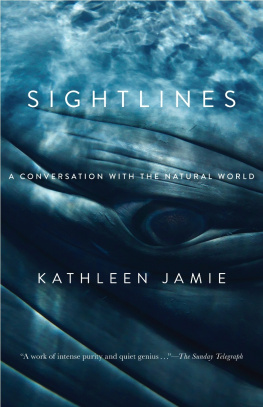
First published in Great Britain in 2013 by Polygon, an imprint of Birlinn
Ltd, West Newington House, 10 Newington Road, Edinburgh EH9 1QS
www.polygonbooks.co.uk
Copyright 2013, Brigid Collins and Kathleen Jamie
Images on pages vi and vii reproduced by kind permission of The Royal College of Surgeons of Edinburgh, with special thanks to Andrew Connell, Museum Collections Manager.
Photography of artists works Angus Bremner www.angusbremner.com
Photograph of artist Brigid Collins Tim Fitzpatrick.
The right of Brigid Collins and Kathleen Jamie to be identified as the authors of this work has been asserted in accordance with the Copyright, Design and Patent Act 1988.
All rights reserved. No part of this publication may be reproduced, stored, or transmitted in any form, or by any means, electronic, mechanical or photocopying, recording or otherwise, without the express written permission of the publisher.
ISBN: 978 1 84697 275 1
eBook ISBN: 978 0 85790 655 7
British Library Cataloguing-in-Publication Data
A catalogue record for this book is available on request from the British Library.
Design by Teresa Monachino.
Printed and bound in Spain at Graficas Diaz Tuduri S.L.
by arrangement with Associated Agencies Oxford.
Preface
This is a book about seeing and being seen; about looking at being looked at. It is an intimate book, where the private process of looking and seeing passes from one person looking at herself, to being seen or examined by a surgeon, to being looked at by an artist. In each situation a transformation occurs. The gaze of the patient on her own body is objectified by that of the surgeon assessing the success of his work. But then the creative looking of the artist takes over and what has been regarded as a mark of disease and of violation undergoes an extraordinary flowering, to become a thing of beauty. In that process what was hidden can now be seen, but it is transfigured. The surgical scar becomes a fissure bathed in light illuminating the path to a new way of seeing.
We are extraordinarily fortunate to have played a part in opening out this very intimate process to public view. Kathleen Jamies work has strong connections with our work in the medical humanities not just because of her forays into medical subjects, but also because her writing, through the acuteness of its observation, enables the reader to be surprised about everyday things, and to see things anew. To be able to look with a fresh eye is a crucial skill for medical practitioners, but it can also be transformative for patients and for all those whose lives illness and medicine touch.
On her second stay with us at the Centre for Medical Humanities, while holding a Fellowship at Durham Universitys Institute of Advanced Study, Kathleen spoke of her conversations and explorations with Brigid Collins. We were captivated by the idea that one womans recovery from mastectomy might be facilitated by having her scar explored by an artist, and by her reflections on how that felt in comparison to having the scar examined by her surgeon. Kathleens thoughts were presented alongside Brigids initial visual responses at an invited seminar as part of the Centre for Medical Humanities theme, The Recovery of Beauty, and the idea of a book was born. The project spoke to our own work on understanding embodied experience, exemplifying how new imaginative perspectives can transform attitudes to the body, illness, medicine and health, and chiming in a unique way with our consideration of the meanings and possibilities of beauty.
It is integral to experiencing this work that the exchange happens in the intimate space between page and reader. This book manifests the care with which Brigid looked. We hope that readers will recognise that care, whatever their own experience of illness and recovery, and themselves be transformed by the beauty and hope that these images represent.
Jane Macnaughton and Corinne Saunders
Centre for Medical Humanities, Durham University
A word from Brigid Collins
Although my gaze was initially directed toward the body, it gradually began to move outwards, as a way of trying to lift what I saw out into the world. Despite never before attempting anything like this, I trusted to my instincts. This has been a transforming process, for myself as much as my work.
My early responses, while they were recording and excavating what I saw, were trying too hard to become pictures. A new process began to evolve. By moving through layers from the known in terms of approach and technique to the unknown I began to uncover aspects that needed to be shed.
Using a sketchbook has always been a way of working that has brought me a sense of freedom, but the approach I now began to adopt encouraged me to value process over any sense of resolution. So I learned, for example, to allow the spine of the page to become visible as I worked across it.
Through Frissure, I have learned to convert the process that we call healing into something material and tangible, into art.
BRIGID COLLINSis an artist and illustrator. Her publications include Room to Rhyme (2004), A place where thought happens (2006) and For A That: A Celebration of Burns (2010). She is a lecturer at Duncan of Jordanstone College of Art at The University of Dundee, Edinburgh College of Art at The University of Edinburgh and also lives in Edinburgh, where she has a studio.

KATHLEEN JAMIESpoetry collections to date include The Overhaul which won the 2012 Costa Poetry Prize and The Tree House, which won the Scottish Book of the Year Award. Her non-fiction includes the highly regarded volumes Findings and Sightlines. She is Professor of Poetry at Stirling University, and lives with her family in Fife.
An introduction by Kathleen Jamie
In the month I turned 49 it was May I was diagnosed with breast cancer. As anyone will tell you whos done it and we are legion the first few days and weeks were times of anxious waiting, and of clinic appointments, needles, scans and consultations.
Also, for me, it seemed ironic: a case of life imitating art. Over the last several years I had spent time in medical museums gazing at body-parts preserved in oils, and Id studied many 19th century medical illustrations. These had informed my work. Id gone so far as to publish an essay called Pathologies, about what happened in the pathology lab at Ninewells in Dundee, my nearest teaching hospital. There, Id been shown a cancerous tumour in a colon, and on screen in a liver, and Id been shown how slides are prepared with tissue taken from breast lumps. Id looked down microscopes and Id learned a little of how pathologists diagnose and treat cancer, amongst other diseases.
Then, suddenly, it was my turn: my own body was the subject of this attention, my biopsies were sent to in the very lab I had visited. I found this reassuring because I could picture what was happening, and why. Why the interest in lymph nodes, what they looked and felt like. That experience, as well as the love of my family and friends, and the marvelous nurses, stabilized me in those difficult weeks.

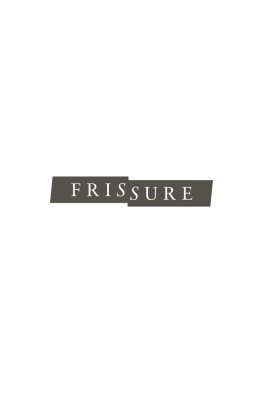


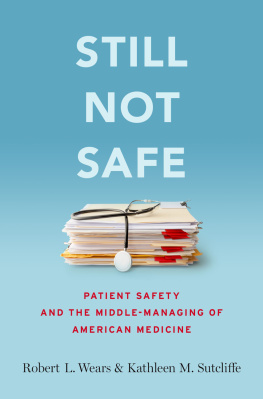
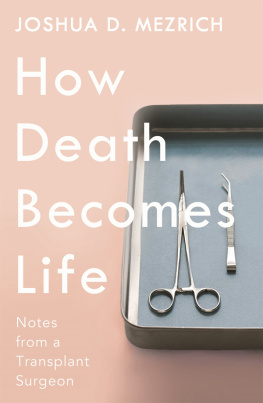
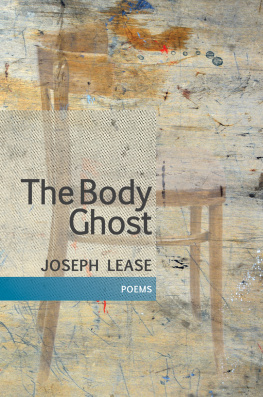
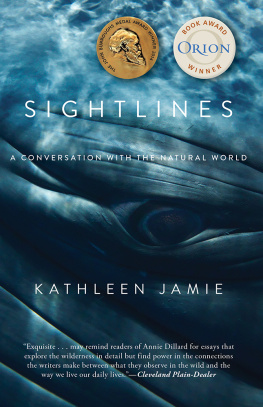
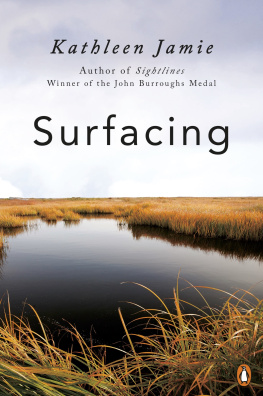

![Kathleen Jamie [Kathleen Jamie] - Among Muslims](/uploads/posts/book/141349/thumbs/kathleen-jamie-kathleen-jamie-among-muslims.jpg)
